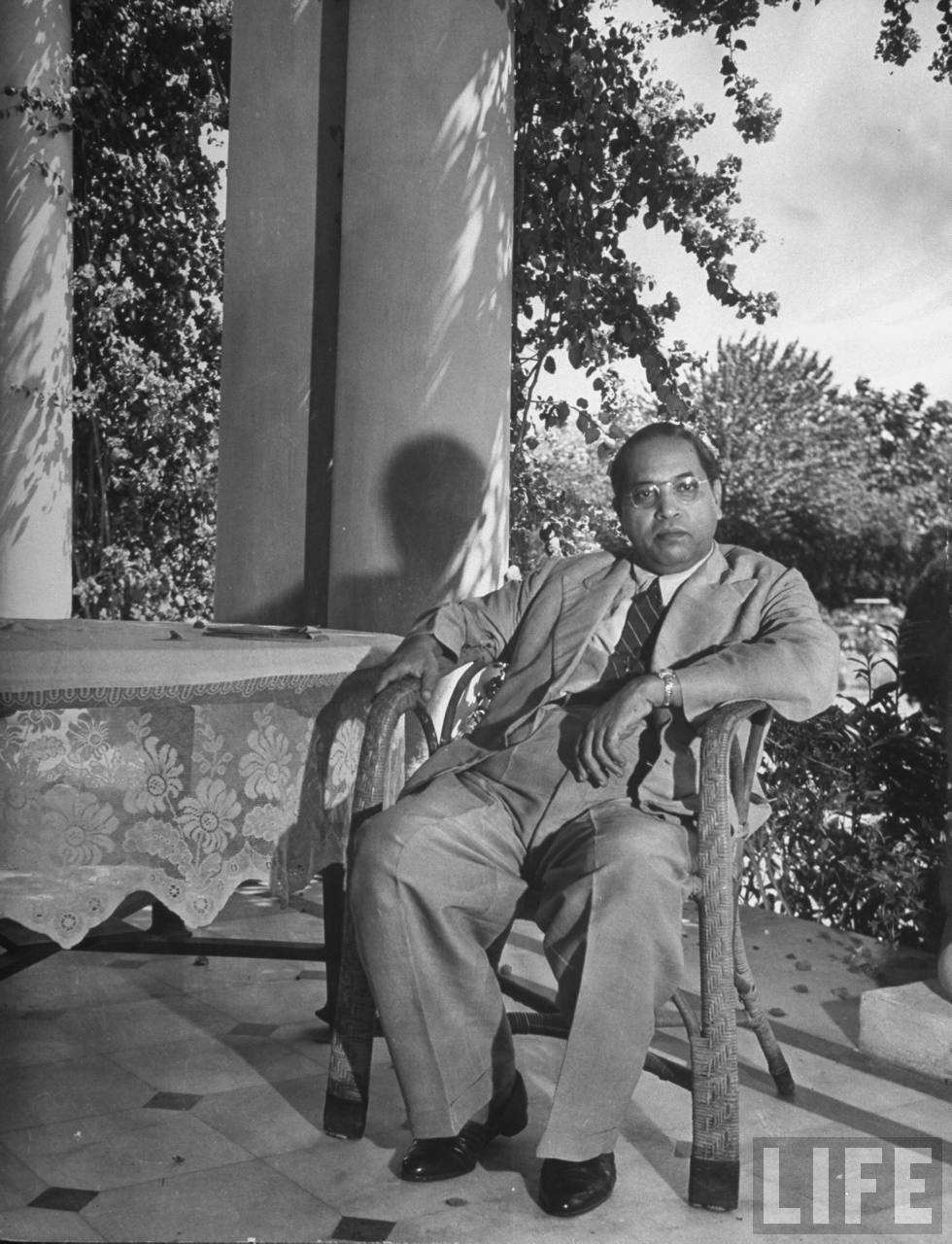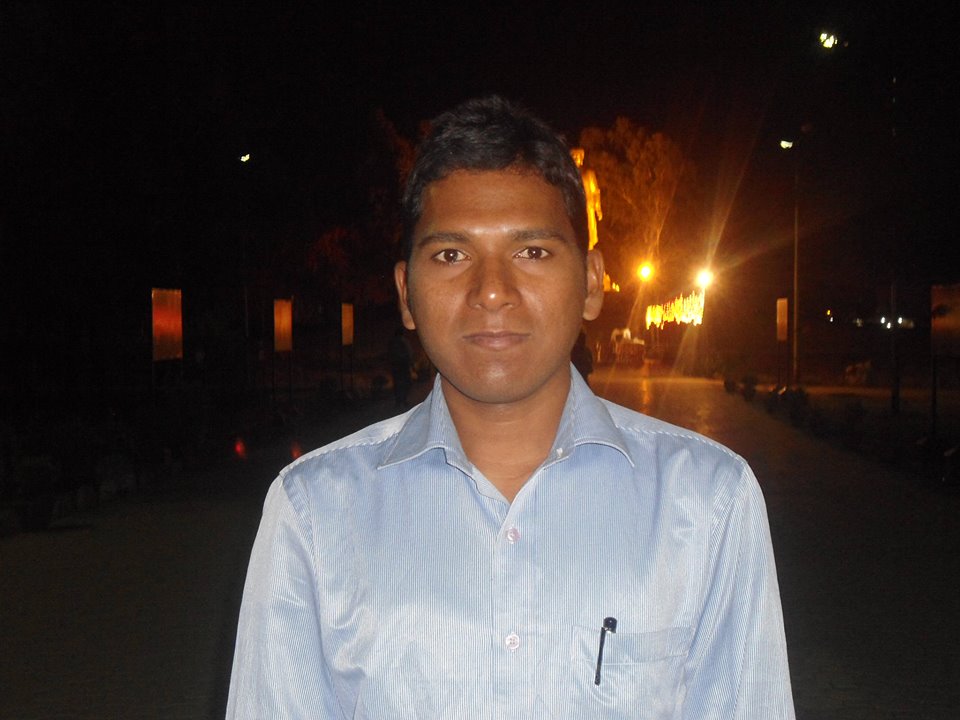Chevuri Sathish Kumar
 The Adivasis have resided in different geographical locations throughout India. This includes majorly tribes-dominated areas in Jharkhand, northeastern states and central India, western India and also in south India. Since the UNO’s declaration in 1993 of the international decade of the indigenous peoples, the category Adivasi has become a powerful point of reference for social and political mobilization in India. There is a difference between insiders and outsiders, socially and geographically. From the Adivasi point of view, they call themselves insiders, and others outsiders. This concept arises because they have their territory and customs. The Adivasis are different from outsiders who like having heterogeneous culture and regional variations. Adivasis of India are having a separate unique identity. Adivasis are a type of society. They have not become a caste with any definite standing in the social hierarchy of the caste system (Prof. Xaxa, 1999).
The Adivasis have resided in different geographical locations throughout India. This includes majorly tribes-dominated areas in Jharkhand, northeastern states and central India, western India and also in south India. Since the UNO’s declaration in 1993 of the international decade of the indigenous peoples, the category Adivasi has become a powerful point of reference for social and political mobilization in India. There is a difference between insiders and outsiders, socially and geographically. From the Adivasi point of view, they call themselves insiders, and others outsiders. This concept arises because they have their territory and customs. The Adivasis are different from outsiders who like having heterogeneous culture and regional variations. Adivasis of India are having a separate unique identity. Adivasis are a type of society. They have not become a caste with any definite standing in the social hierarchy of the caste system (Prof. Xaxa, 1999).
The proportion of the Scheduled Tribe population in the census year 2011 was 11.3% in rural areas and 2.8% in urban areas. Adivasis are not a part of outsiders’ society. They have desired a conscious claim over territory. For example, in states like Andhra Pradesh, Assam, etc. Socially and geographically they follow self-isolation as their main characteristics. Assimilation efforts lead to new connections of Adivasis to different religions. Political integration happened due to the constitution of India. Even as they come under the constitutional framework, they also have consciousness of their society, language, constitution, religion, culture, and customs. For example, take the Chenchu (Particularly Vulnerable Tribal Group in Andhra Pradesh and Telangana states) situated in Nallamalla Forest. If you ask any Chenchu tribe person “are you tribal”, they would respond with the words, I am Chenchu. It means they are conscious of Chenchu identity only, not tribal.
The Corona pandemic has created a distress situation in India and the world. The virulent situation created difficulties for outsiders. It has mostly affected cities and metropolitan areas. Some states like Maharashtra were more affected than others. And the widespread attack of the virus has led to a panic situation. Outsiders’ society is undergoing an unavoidable situation with a lot of complications and destruction.
Are Adivasis affected by Corona? Adivasis do not have awareness of the Corona pandemic because they maintain geographic and social separation. If anyone comes to interact with them, only then do they know about the Corona pandemic. The Adivasis of India are not dying and have not suffered from Corona because they have the indigenous cultural weapons to defend themselves against Corona: “self-isolation “ and “physical distancing“. These two weapons have been used for many centuries by them. This type of culture gives protection to Adivasis.
Corona pandemic reports and surveys on Adivasis during year 2020
We have some information which is related to Adivasis from the current news in The Economic Times newspaper. The report says that the Shompen tribe has so far not been affected by Corona. District magistrate of Jharkhand’s Gumla district, Shishir Kumar Sinha, says “I can confirm this much: no one from Asur tribe has died of covid”. In Madhya Pradesh’s Sheopur district, Giriraj Paliwal, a panchayat secretary of Ranipura, says the Sahariya tribals were initially wary of the virus, but now they are going out for work in agricultural fields as well as in construction sites. The report also observes that the only four districts in India which were unaffected till then were Arunachal Pradesh’s Kurung Kumey, Kra Daadi, and Dibang valley as well as Lakshadweep and all these were tribal-dominated areas.
A recent survey conducted by the Indian Institute of Technology, Delhi for the Ministry of Tribal Affairs has revealed that though there has been no major outbreak of Covid-19 in 117 districts with 25% or more tribal population, about 3% of the population is infected by the virus.
According to government sources, the prevalence of Covid-19 in tribal-dominated districts has not been termed as “alarming” but the tribal affairs ministry and National Commission for Scheduled Tribes (NCST) is keeping a close watch on tribal-dominated districts, especially with Particularly Vulnerable Tribal Groups (PVTGs). We have evidence of some communities which are affected by Corona and tested positive in some states and union territories only. Compared to outsiders, the above observations show that the Adivasis are not vulnerable to the Covid-19 pandemic.
When we see the insiders, they depend on forests, and they are not dying due to shortage of food in this pandemic time. Adivasis are not dependent on others for food. They have their indigenous method for sustaining themselves. For example, Adivasi communities in southern Rajasthan are utilizing their indigenous practices of food and agricultural management to tide over the difficult period of nationwide lockdown enforced to control the COVID-19 pandemic. Adivasis have adopted several micronutrient-rich plant foods as their daily dietary intake. Adivasis’ social customs such as scattered living, greeting each other from a distance, and eating warm food, would protect them against the virus infection. Locally available food items have helped the Adivasi people develop immunity against diseases.
Conclusion
We have extensive empirical data on Adivasis during the corona pandemic time. The reports or surveys have failed and did not find any trace to prove why Adivasis are not affected by Corona. The reasons are Adivasis have the historical and social consciousness with them of following methods of self-isolation, physical distancing, and indigenous food practices. There should be discussion and debate on this particular aspect. The present study itself is different from other studies.
~
References
State, Society, and Tribes issues in Post-Colonial India by Virginius Xaxa
https://ruralindiaonline.org/en/library/resource/scheduled-tribes-in-india-as-revealed-in-census-2011/
https://www.livemint.com/news/india/maharashtra-reports-48-401-new-covid-19-cases-572-deaths-in-last-24-hrs-11620571137450.html
https://www.thehindu.com/news/national/other-states/tribals-using-indigenous-practices-to-sustain-during-lockdown/article31370901.ece
https://economictimes.indiatimes.com/news/politics-and-nation/the-coronavirus-has-reached-sensitive-tribal-belts-can-local-administration-check-its spread/articleshow/77566172.cms?from=mdr
https://www.newindianexpress.com/opinions/2020/sep/08/why-covid-will-affect-tribals-disproportionately-2193927.html
https://economictimes.indiatimes.com/news/politics-and-nation/around-3-of-population-in-177-tribal-dominated-districts-covid-positive/articleshow/78256544.cms
~~~
Chevuri Sathish Kumar did his M.A. History from HCU and is currently a PhD Research Scholar at Dept. of History, Babasaheb Bhimrao Ambedkar University, Lucknow.










